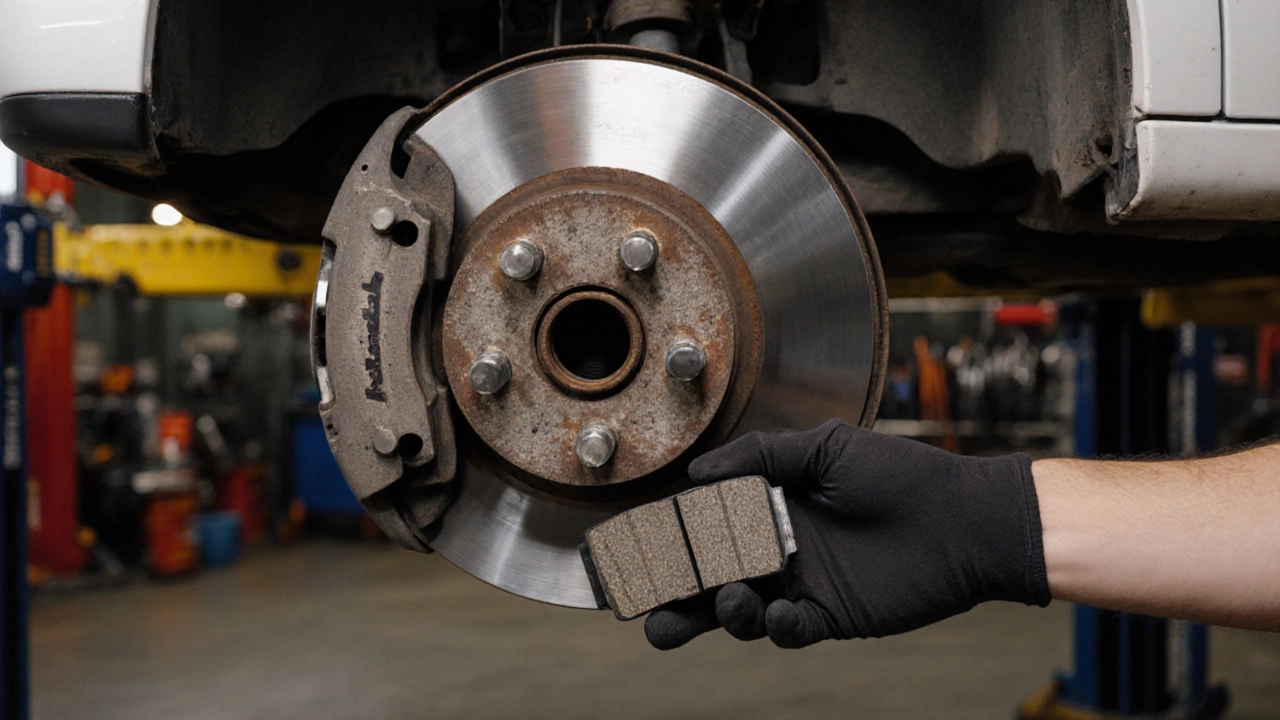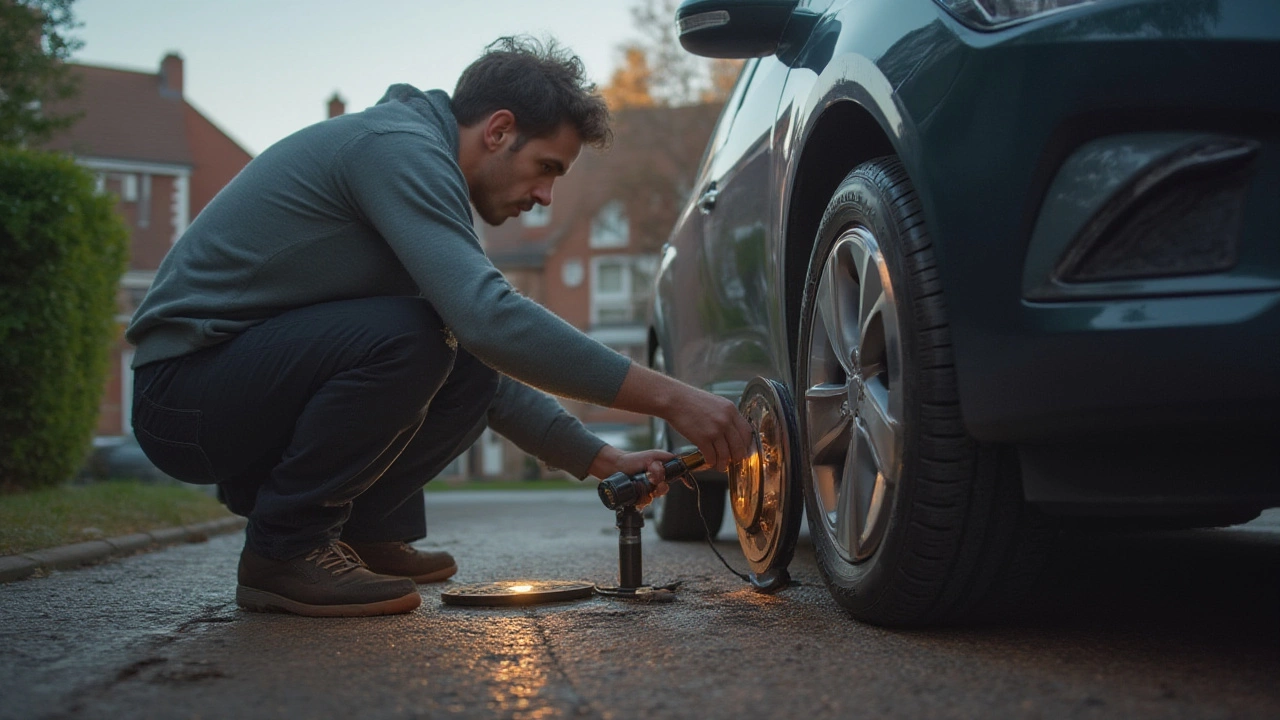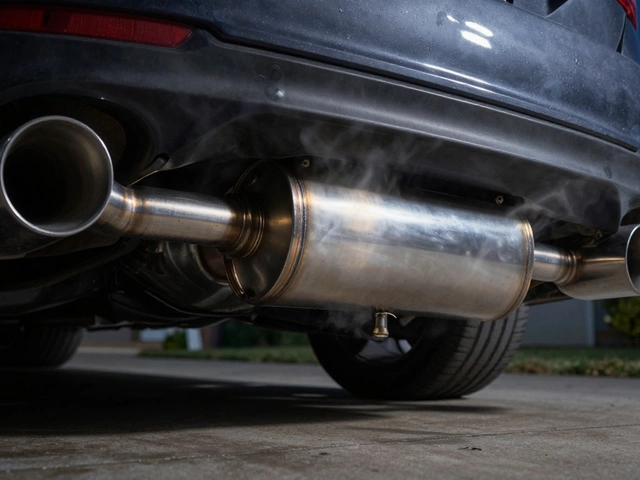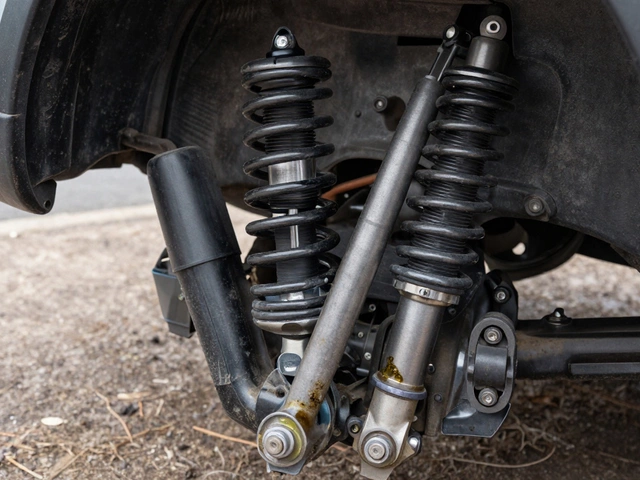Brake Rotors: When to Replace, Resurface, or Ignore Them
When your car slows down, it’s the brake rotors, flat metal discs that work with brake pads to stop your vehicle. Also known as disc brakes, they’re one of the most critical parts in your braking system—and one of the most overlooked until it’s too late. Every time you hit the pedal, these discs rub against the brake pads, creating friction that slows your wheels. Over time, that friction wears them down, heats them up, and can warp or crack them. Ignoring worn rotors doesn’t just mean longer stopping distances—it can mean total brake failure.
Brake rotors don’t live in isolation. They work hand-in-hand with brake pads, the friction material that presses against the rotors, and are affected by driving habits, climate, and even the quality of your original parts. If you drive mostly in the city, stop-and-go traffic wears rotors faster than highway cruising. Heavy loads, like hauling tools or towing, add even more stress. And if you’ve noticed a squeal, a vibration in the pedal, or your car pulling to one side when braking, those aren’t just noises—they’re warnings tied directly to the condition of your rotors.
Here’s the real question most drivers face: resurface or replace? Resurfacing means machining the rotor surface smooth again, which can save money if the rotor is still thick enough. But if it’s too thin, cracked, or warped beyond repair, resurfacing is a waste of time and cash. A rotor that’s been resurfaced too many times can overheat and fail mid-brake. That’s not a gamble worth taking. Most mechanics recommend replacement if the rotor is near or below the minimum thickness stamped on the hub. It’s not just about cost—it’s about safety. And if you’re replacing rotors, it’s smart to replace the brake pads too. Old pads on new rotors mean uneven wear and noise from day one.
Brake rotors aren’t something you check once a year. You should have them inspected every time you get your tyres changed or during a full service. Look for grooves, shiny spots, or blue discoloration—those are signs of overheating. A thin rotor might not show up on a visual check, but a professional with a micrometer can measure it accurately. Don’t rely on guesswork. The average rotor lasts between 30,000 and 70,000 miles, but that’s just a ballpark. Your driving style matters more than the clock.
What you’ll find in the posts below isn’t theory—it’s real advice from people who’ve been there. You’ll see how to tell if your rotors are worn, what the actual cost breakdown looks like in the UK, and why some shops push resurfacing when replacement is the only smart choice. You’ll also find links to related topics like brake pad wear, brake fluid checks, and how suspension problems can indirectly damage your rotors. No fluff. No upsells. Just what you need to know before you hand over your keys.







